Barrel Care Instructions
Since barrels are made of wood, they can dry out during transportation and the seal between each stave can be altered. In order to prevent leakage resulting from wood dehydration, it is important to follow the instructions below (recommended for all formats and essential for large format barrels from 300L to 600L).
Immediate Use (within 30 days)
- Fill the barrel with 3-5 gallons of filtered, chlorine-free, hot water (140-180°F) or cold water (60-70°F).
- Place the bung in the bung-hole and rotate the barrel from side to side, wetting the interior of the barrel.
- Position the barrel to be standing vertically (on one of the heads) and wait two (2) hours (or more if cold water used).
- Flip the barrel onto the other head and wait two (2) hours (or more if cold water used).
- Lay down the barrel, bung up, then remove the bung. If there are no leaks present and there is a pressure release when the bung is removed, the barrel should be liquid tight (if not, empty the barrel and repeat steps 1 to 5).Then, let the barrel swell without a bung for 15 minutes.
- Empty the barrel, bung hole down, and let the barrel drain and dry without a bung for eight (8) hours or overnight. The wood will continue to swell by absorbing moisture.
1
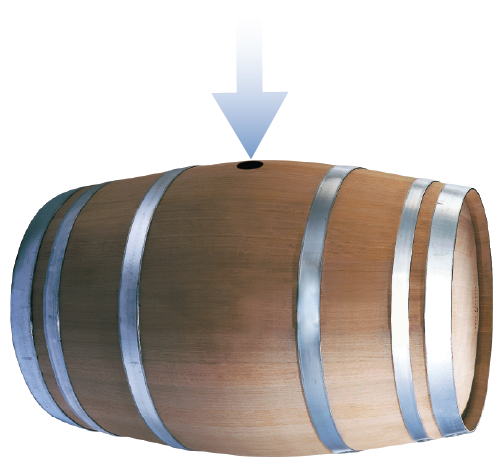
3-5 gallons of water
(60-70°F OR 170-180°F)
2
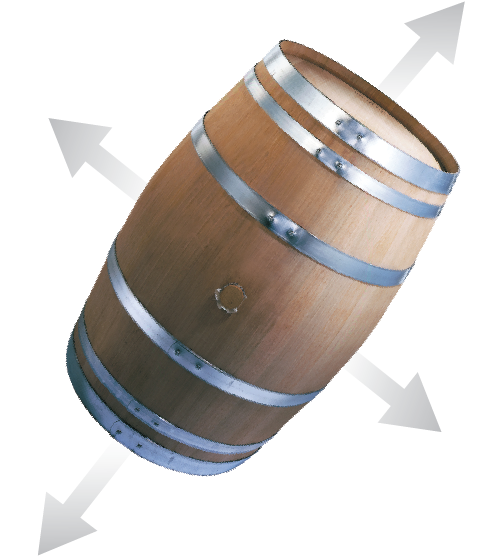
3
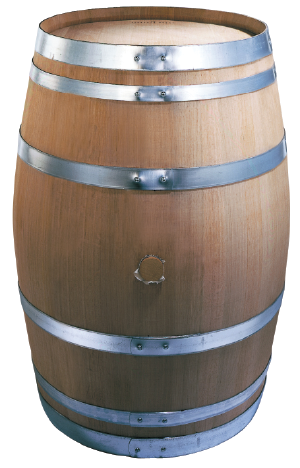
2 hours minimum
4
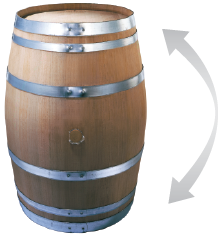
2 hours minimum
5
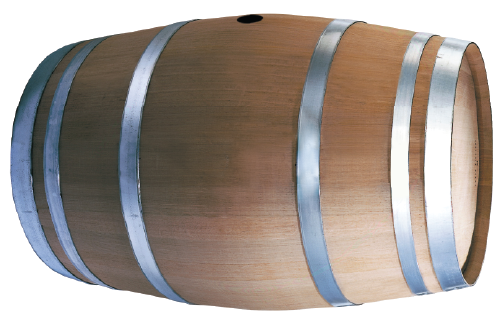
15 minutes
6
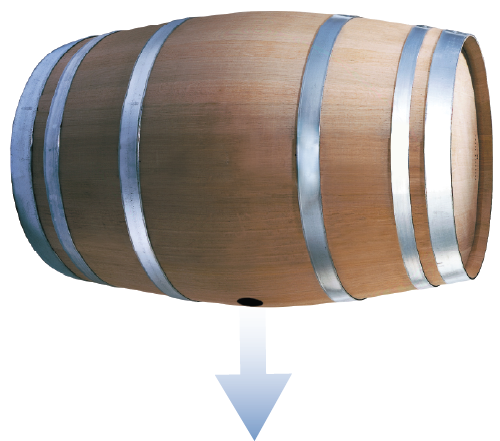
8 hours
Storage (30 days or more)
The ideal storage conditions are:
- A clean and enclosed location to avoid contamination, drafts and sunlight.
- Keep barrels in their original packaging (plastic and cardboard).
- Temperature below 70°F and air humidity above 70% to maintain the wood’s moisture.
If these storage conditions are not possible, execute steps 1 to 6 as described above (Immediate Use). Then, apply gaseous sulfur (SO2) inside the barrel before closing with the bung to prevent bacterial growth. Continue storing the barrel in a location that is as cool and humid as possible. Repeat these steps once a month.
If barrels are not liquid-tight after following these instructions, do not hesitate to contact us.
